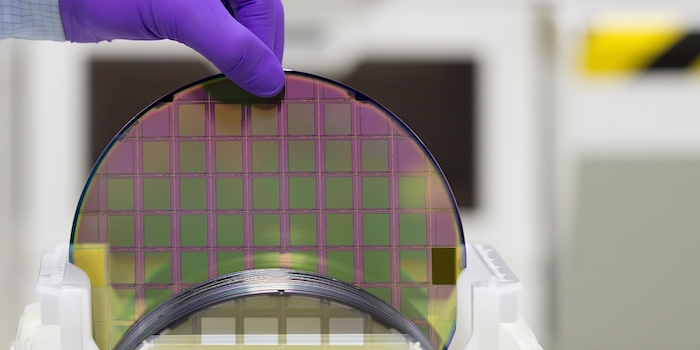Last week, EU lawmakers proposed the European Chips Act (ECA)—aimed at boosting industrial output and overall manufacturing capability in the semiconductor industry. While each member state has its own unique strategy, one of the ECA’s chief goals is strategic unification.

Ursula von der Leyen, President of the European Commission. Image used courtesy of the European Commission
Lawmakers hope that consolidated supply chains, increased fabrication, and incentives will counteract existing challenges. That’s become especially true on a regional and even per-country basis.
As a counterpart, the CHIPS for America Act—which, in part, inspired the EU to push for its own chips act—gained steam late this year and aims to bolster the U.S.'s domestic manufacturing prowess. TSMC and a number of other foundries have also joined the efforts for more U.S. chip manufacturing with many looking to Arizona as the next "silicon desert."
Europe Pushes for Sustainable Production
Europe is feeling the pinch of the semiconductor shortage more than ever. The EU captures just 10 percent of the global semiconductor market and has thus relied on American or Asian suppliers to fulfill its needs.

Survey of global wafer capacity. Image used courtesy of Stiftung Neue Verantwortung
The reason? European players have been largely excluded from the global supply chain. China has a dominant hold on silicon production—while most global stores of rare-earth minerals are located outside of the EU. As a result, it’s been difficult for Europe to gain a foothold. That’s why it’s important for the EU to maintain stable trade relationships, despite any competitive inroads it makes. Materials sourcing is critical.
Accordingly, the legislative framework hopes to prevent fragmentation and stop piecemeal national subsidies from muddying the waters. European Commission (EC) President Ursula von der Leyen detailed the plan during her State of the EU address. European Commissioner for Internal Market, Thierry Breton, believes the ECA will ensure Europe’s tech sovereignty.
Reversing the Shortage
It’s no coincidence that these talks are happening right now. Europe has also been feeling the effects of the chip shortage with two of its top-five exports in 2020 being automobiles and “computer, electronic, and optical products.” Thankfully, help may be on the horizon. The European Commission is planning to earmark around €150 billion from its COVID relief fund for digital projects.
Additionally, Intel is planning a sizeable $95 billion investment into automotive chip production in Ireland. The goal is to build at least two new European manufacturing facilities, with investment growing throughout the next decade. Intel believes that ramping up manufacturing and dedicating existing capacity is key to aiding automakers. Conversely, TSMC is unlikely to build an EU plant, according to Taiwanese officials.

Intel currently has an Ireland campus in Leixlip. Image used courtesy of Intel
Alongside the European Chips Act, the EU is also considering forming a major semiconductor alliance. This collective would include STMicroelectronics, Infineon, NXP, and ASML—all of which are headquartered within the EU. GlobalFoundries has also voiced its support. Talks are just getting off the ground but may encompass all of Europe. The arrangement would be considered an Important Project of Common European Interest, which would ease funding restrictions while allowing companies to collaborate.
By bucking foreign reliance, the EU would aim to capture 20 percent of the global semiconductor market by 2030—doubling its current grip.
Good News for the Electronics Industry
Europe’s status as a chipmaking force cannot be realized without research and development, which is another tenet of the European Chips Act. By advancing chipset designs and fabrication pipelines, it may be possible to prevent—or at least mitigate—future challenges.

The European Chips Act will place a heavy focus on R&D.
Beyond recovering from the current shortage, lawmakers want Europe to become a tech haven. New plants cannot operate effectively without new workers. Furthermore, technological jumps from one SoC to the next will require extensive R&D. It’s quite possible that the EU’s efforts will bring about an influx of new jobs. At the very least, it’ll reaffirm the importance of seasoned EEs and fab professionals.
